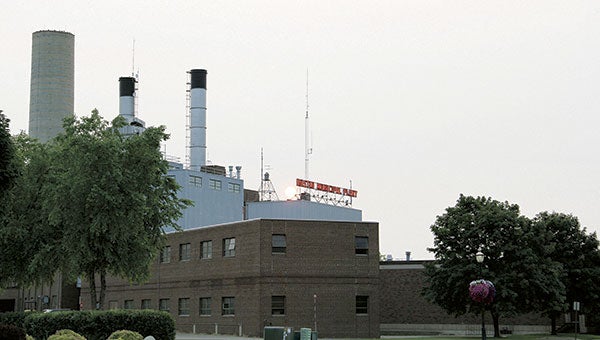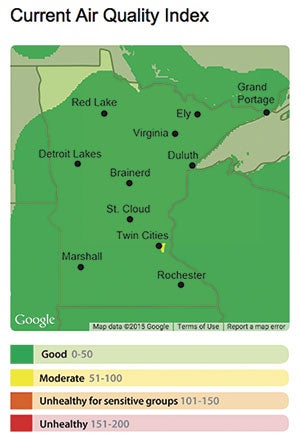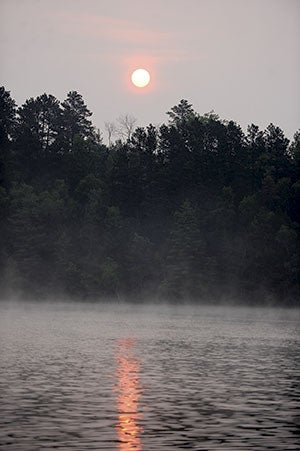How air pollution affects your health; A Minnesota allergist explains
Published 10:15 am Wednesday, July 8, 2015

The sun rises over Austin through the haze from the Canadian wildfires last week. Experts say particles from the wildfires could continue to affect people with respiratory conditions. Herald file photo
By Jared Hemming
MPR.org/90.1 FM
We didn’t start the fire, but smoke from wildfires still burning in Canada might continue to affect Minnesota’s air quality this summer.
Minnesota air cleared up after Canadian smoke pushed pollutant levels to dangerously high conditions July 6. Though the state’s air pollution might not spike that high lower levels of pollution could return.
That could mean further health hazards for Minnesotans with respiratory illnesses, said Minnesota Allergy and Asthma Clinic allergist and immunologist Dr. James Lakin.

This image; taken from www.pca.state.mn.us; shows Minnesota’s air quality as of this morning; and the rating system the Minnesota Pollution Control Agency uses to track air quality.
Patients with emphysema, asthma, chronic obstructive lung disease and chronic bronchitis are especially susceptible to symptoms like chest tightness and difficult breathing in bad air, but Lakin says pollution levels in the upper 100s like Minnesota’s on Monday affect everyone.
“The problem with the type of pollution we’re having coming down from Saskatchewan and other areas of Canada and Alaska with wildfires is that these are very fine particles of combustion,” Lakin said. “They can penetrate deep down into the airways of anyone. That’s why people who are otherwise healthy that are exposed to large amounts of these irritating particles begin to develop signs of irritation and inflammation.”
These small combustion particles afflict children and the elderly the most, Lakin said.
“With children, their airways are still forming, and inflamation in the lower airway is more prone to cause permanent damage,” Lakin said. “The elderly population, because of their collateral disease problems, become much more susceptible to these problems with air pollution.”
Though healthy adults are less prone to air irritants, longer exposure to bad air leads to itchy eyes, trouble breathing, and other symptoms synonymous with colds or allergies.
When air quality is low, the best thing to do is stay indoors, Lakin said.
“Keep the windows closed, use the air conditioning as much as possible,” Lakin said. “If you have to go out, consider wearing a mask.”

Haze turns the morning sun red as it rises over Bad Axe Lake in north central Minnesota last week.
Eric Johnson/photodesk
@austindailyherald.com
Masks help block smaller particles from wildfires and other pollutants for about a half hour before the paper breaks down from moisture.
Air filters like high efficiency particulate arrestance (HEPA) filters and other equipment keep out bigger particles like tree pollen, but are less effective against combustion particles.
“The pore size of a HEPA filter is small enough to catch relatively big particles like pollen, but the pores are not small enough to capture low molecular particles of combustion that would be given off by a forest fire.”





